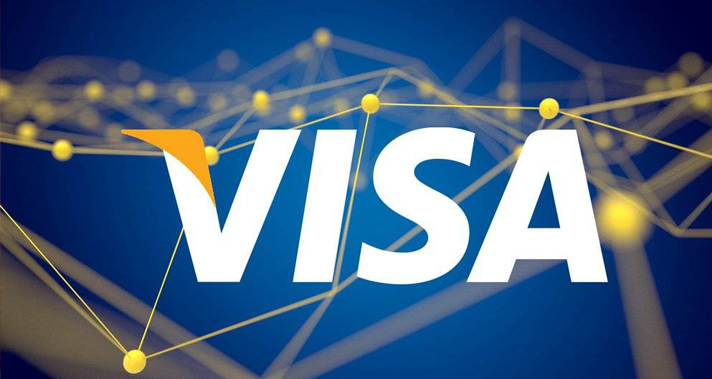Visa has announced plans to offer central banks and financial institutions a central bank digital currency (CBDC) offering in Q2 2022.
The payment provider developed the Visa CBDC Payment Module and in conjunction with ConsenSys, its CBDCgo proof of concept was one of the winners of Singapore’s MAS Global CBDC Challenge.
However, that solution was a proof of concept, and in the spring, it will start working on pilots and prototypes of specific use cases and consulting work will include its Crypto Advisory Practice which it launched in December.
The company envisions the CBDC experience as similar to payments today with a CBDC-linked Visa card or tapping a digital wallet.
“Visa’s CBDC Payments Module is designed to provide an on-ramp for CBDC to existing payment networks, so that CBDC networks can easily connect to traditional financial service providers,” explains Catherine Gu, Visa’s Head of CBDC.
“For banks and issuers processors, they’ll be able to plug into the module and integrate their existing infrastructure and be enabled to do things like issue CBDC-linked payment cards or wallet credentials for consumers to use.
We’re in the process of integrating our module with the ConsenSys Codefi sandbox powered by ConsenSys Quorum, so that our platform can be ready to tap into enterprise blockchain technology.”
The Visa / ConsenSys solution is designed as a two-tier solution. It uses enterprise blockchain ConsenSys Quorum and the Visa CBDC Payment Module is being integrated with the ConsenSys Codefi sandbox.
One of the challenges is that blockchain confirmations on Quorum take around ten seconds. Hence the team created a double spend prevention mechanism for the CBDC Challenge competition.
As part of the Challenge, Visa and ConsenSys consulted with 27 central banks. From this they found the top priorities are integration and interoperability with current payment systems, security, consumer trust as well as accessibility.
“If successful, CBDC could expand access to financial services and make government disbursements more efficient, targeted, and secure – that’s an attractive proposition for policy makers,” continues Gu.
“Take stimulus payments, a task requiring immense resources and coordination. With CBDC, a central authority could send fast payments to a targeted set of users and program specific spending parameters.
Residents of a particular community facing economic hardship could receive immediate government assistance directly in their digital wallets, usable for buying groceries or other necessities at merchants accepting digital payments — no waiting for a check in the mail and for those funds to be cleared in your account.
That’s just one potential use case — there are many more that have yet to be imagined.”
ConsenSys is working with numerous central banks on CBDC pilots, including Korea (indirectly), Thailand, Hong Kong, France, South Africa and Australia.
Source: Payments Card and Mobile



